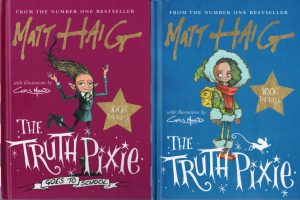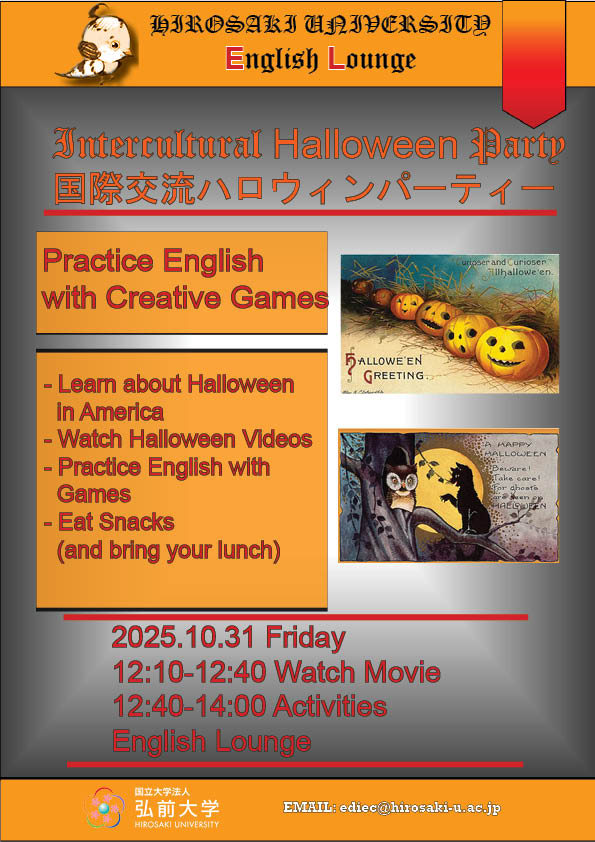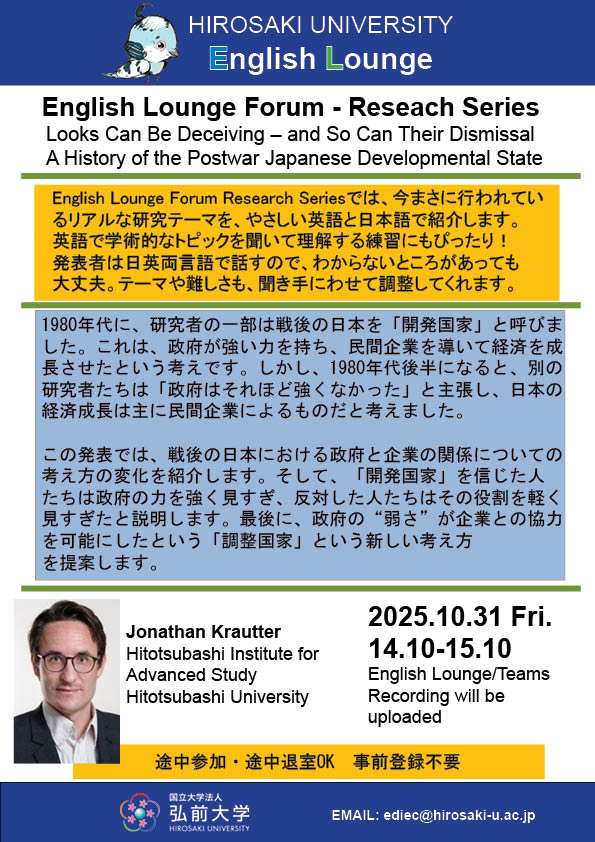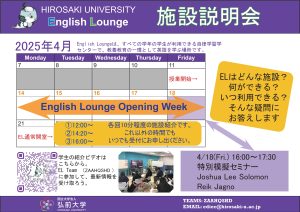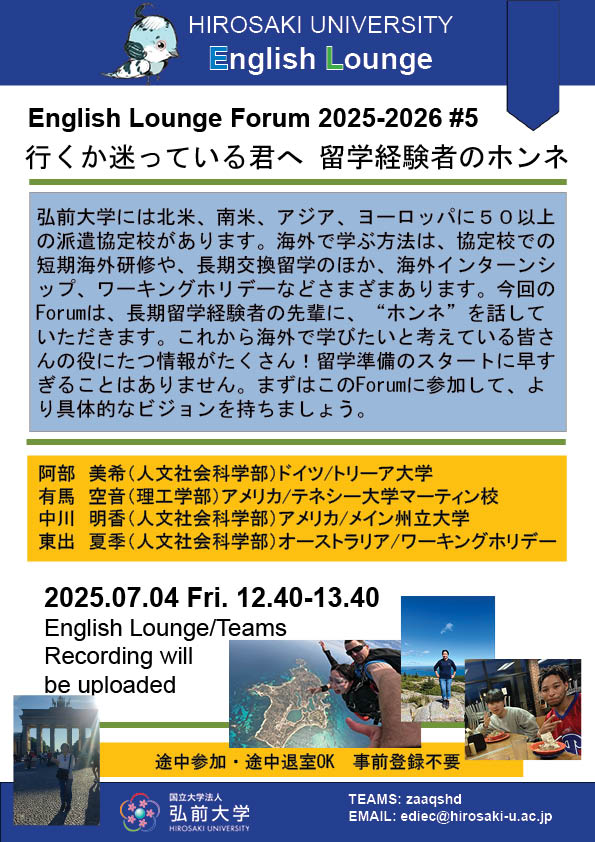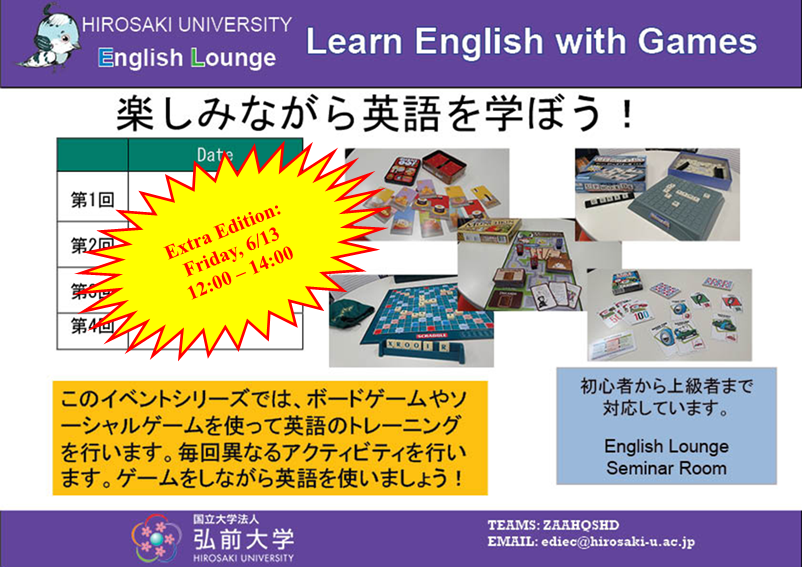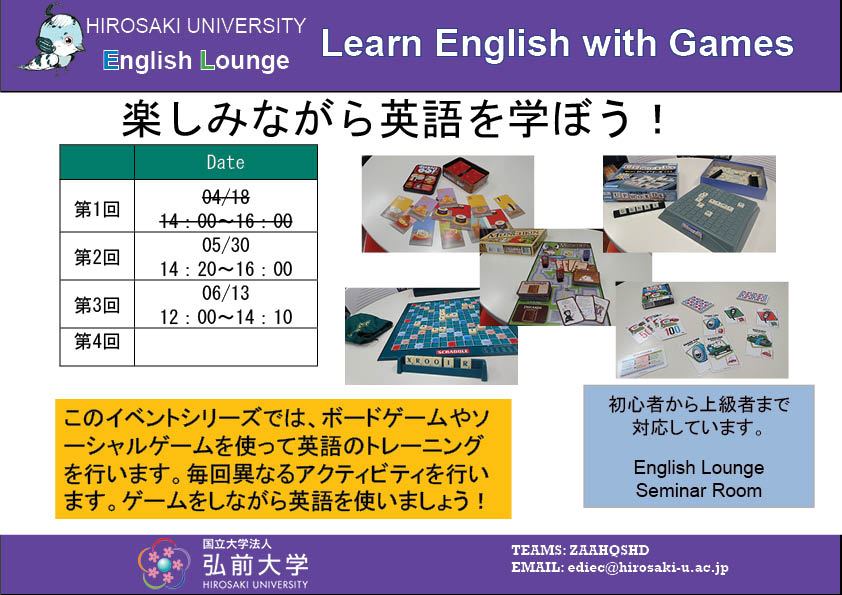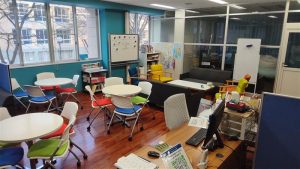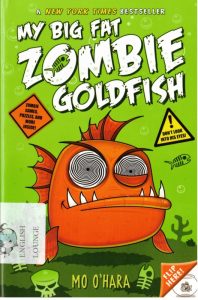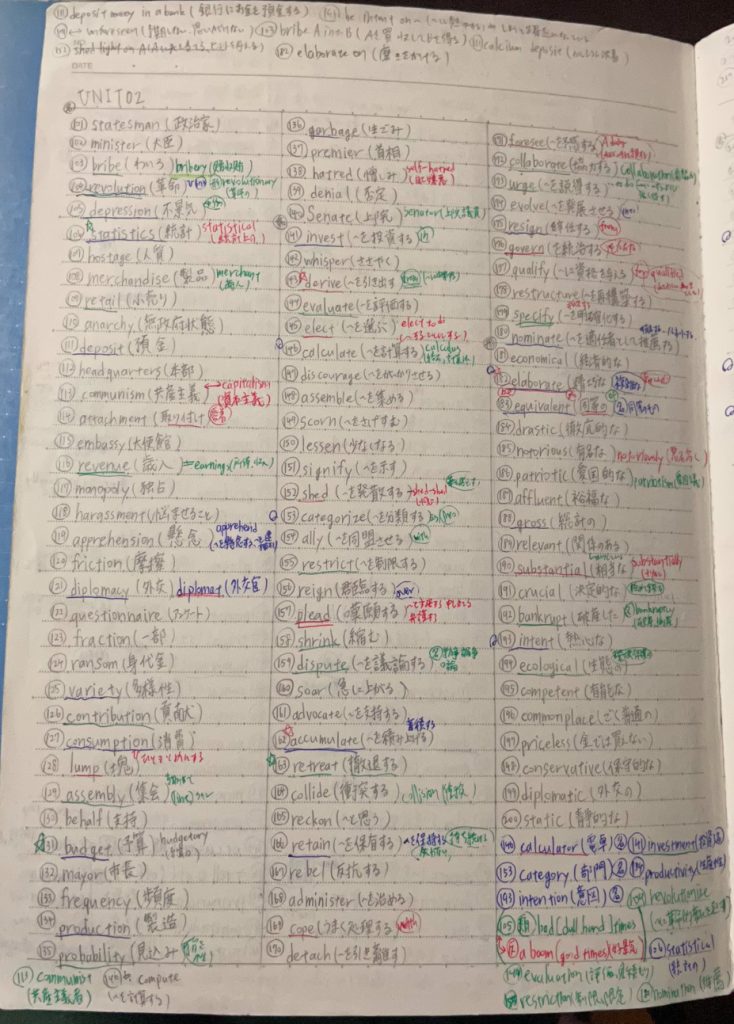[Welcome to the EL Book Introductions series. These posts are all short (<180 words) introductions/reviews of books in the EL library. They focus on telling you what we think will be interesting for you, a college student and English learner, so use them to help you find the right book for you. You can also use the tags to find books about topics you might be interested in.]
_______
The Truth Pixie is a “wacky” character. She is a weird fairy, her hair sticks up in the air, and she can only say the truth. These books contain a lot of funny and strange-looking illustrations that match the weird, funny story. Most importantly, these books are written as long poems (詩). The poems use very easy language, so it is not difficult to understand at all. However, it can be good practice for learning about rhyme (韻) and rhythm in English. Furthermore, if you read aloud, these poems can help you practice speaking with good stress and rhythm (called “prosody”).
To be honest, the content of the stories is nothing very special. These are books written for children, and the lesson is basically “be yourself.” That said, they are fast and easy to read. Furthermore, they use British English, so you can learn a little world English if you have only studied American English before.
My two cents: Although these are children’s books, they are mostly well-written, and remind me of reading Dr. Seuss’s books. Dr. Seuss is very famous for writing crazy books with interesting language, and they are just as fun for adults as children.
